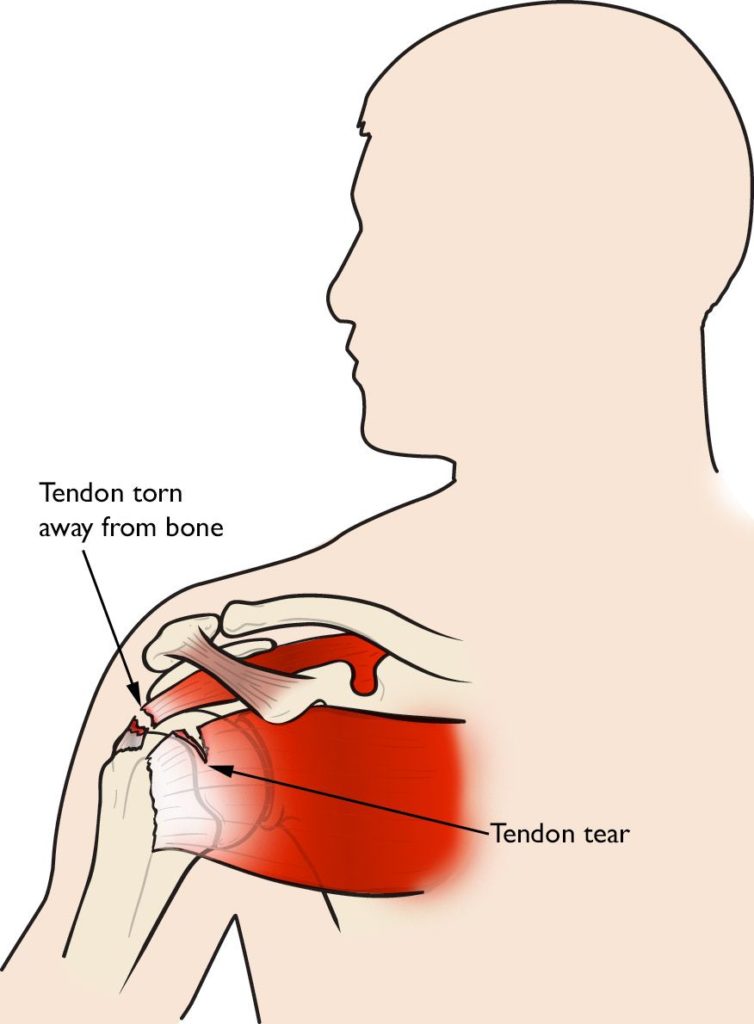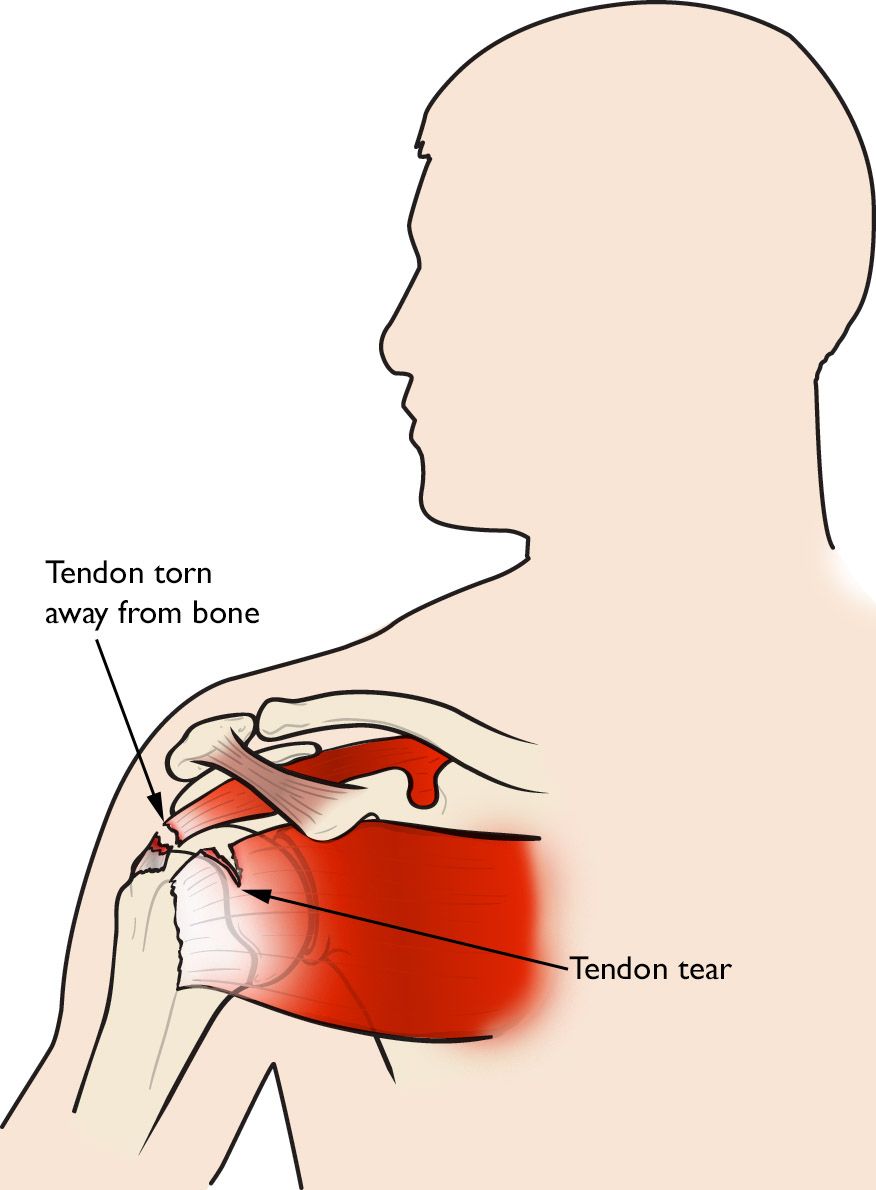
It is an injury that receives publicity for its impact on professional athletes. You might hear about a baseball player going on the injured list because of a torn rotator cuff. Tennis players are also susceptible to the debilitating injury. According to the American Academy of Orthopedic Surgeons, more than two million Americans visit a medical clinic each year to receive treatment for a rotator cuff issue.
Your rotator cuff consists of four muscles that are connected by a series of tendons attached to the humerus, which is located at the upper section of the shoulder. As orthopedic shoulder surgeon Dr. Peter Howard explains, a full or partial tear of the rotator cuff happens when one or more of the tendons connected to the humerus becomes detached. The result can by substantial pain, as well as restriction in moving the affected shoulder.
Treating a rotator cuff injury can involve surgical and/or nonsurgical procedures.
Two Categories of Rotator Cuff Injuries
There are two types of rotator cuff injuries: Acute and chronic degeneration. Intense trauma, such as breaking your collarbone or dislocating your shoulder falls into the acute injury category. An acute rotator cuff injury can be caused by a number of factors that include lifting an overly heavy object or falling on an outstretched arm. The pain that follows is swift and incredibly intense.
Chronic degeneration of the shoulder occurs typically because of the aging process. The blood supply to the tendons connected to the humerus drops, which increase the likelihood of a rotator cuff tear. Repetitive motions and the development of bone spurs through the years also can caused chronic degeneration of the rotator cuff.
Symptoms of a Rotator Cuff Injury
Not all rotator cuff injuries result in immediate pain, which means you have to pay special attention to more subtle signs of the injury. You might hear a clear popping sound in the shoulder whenever you perform the same arm movement. Your shoulder might slowly weaken as the years pass until one day, you are unable to complete simple arm movements When pain is involved, it can come on like a roaring train to produce a debilitating sensation, or it can slowly grow every time you move your arm upward. If your shoulder locks during an arm movement or you begin to detect a weakening in an arm or hand, the time has come to have a orthopedic shoulder specialist diagnose the root cause of your shoulder ailment.
Diagnosing a Rotator Cuff Injury
When you visit with an experienced orthopedic shoulder specialist, the physician will ask if you are experiencing any of the symptoms associated with shoulder pain or discomfort. The doctor will then perform a few shoulder movements to determine whether any physical action makes the pain better or worse.
A detailed physical examination can include an x-ray, which is an imaging test that detects arthritis, bone calcification, or any other type of shoulder problem. An x-ray can be followed by a more intensive diagnostic tool called magnetic resonance imaging (MRI). An MRI creates a magnetic field to develop images of the soft tissue surrounding the shoulder. Your physician will detect areas of tearing and/or inflammation.
Treatment for a Rotator Cuff Injury
Treating a rotator cuff injury depends on the seriousness of the ailment. An orthopedic shoulder specialist should recommend more conservative treatment options, before deciding whether the shoulder injury requires surgery.
Rest
For chronic degeneration of the rotator cuff, an extended period of rest can help the injury heal. This is especially true for professionals in the field of construction. Placing the shoulder in a sling for a few days can alleviate the symptoms of a rotator cuff injury. You might also have to take time away from work to avoid performing repetitive shoulder movements.
Physical Therapy
Certain exercises that stretch and strengthen the shoulder can bolster an injured rotator cuff. The exercises should start off as easy shoulder motion exercises, before you move on to exercises that require lifting increasingly heavy objects.
Medication
The use of a medication like a nonsteroidal ani-inflammatory drug (NSAID) is to help alleviate pain. NSAIDs are commonly recommended to help patients complete physical therapy activities.
One of More Injections
A corticosteroid injection into the affect shoulder can reduce inflammation and enhance the mobility of your shoulder. Your physician should recommend an injection for acute pain and inflammation that a NSAID cannot control.
Surgery is considered the treatment option of last resort for rotator cuff injuries that do not heal after applying more conservative treatment methods. After a rotator cuff surgery, a patient undergoes intensive physical therapy that can last for up to six months. Normal shoulder movements should return after extended physical therapy.
Consult with a Licensed Orthopedic Shoulder Specialist
A rotator cuff injury can trigger an incredible amount of pain, while severely restricting arm and shoulder motions. Although conservative treatment methods can mitigate the pain associated with a rotator cuff tear, some patients require surgery that dramatically changes their way of life.
